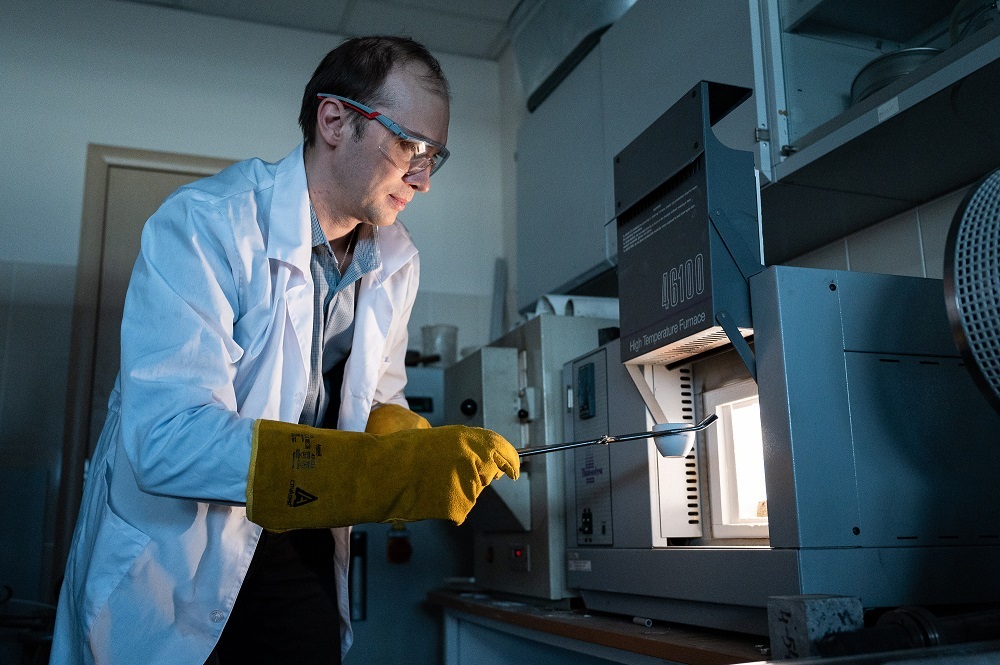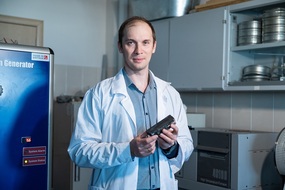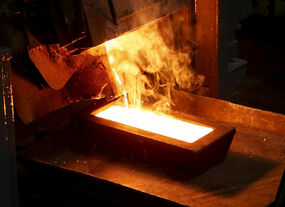Scientists from the MISIS University, in collaboration with specialists from PAO (PJSC) Severstal, have proposed a new technology for processing blast furnace slag to produce cast stone products such as pavement tiles for roads and industrial premises, or wear-resistant parts for mining equipment, chemical and energy production.
The use of slag in construction not only helps in recycling metallurgical waste but also addresses environmental and economic challenges. Slag is utilized as raw material for the production of new, market-demanded products instead of being deposited in industrial landfills, posing environmental threats.
The smelting of cast iron and steel generates a significant amount of technological waste with up to 80% being attributed to slags formed from barren rocks of iron ore materials, fluxes, fuel ash, as well as metal oxidation products and impurities. In terms of physical and mechanical properties, slags surpass natural materials used in construction. Leading Western countries already recycle all blast furnaces and over half of steelmaking slags into useful products, but in Russia, these indicators are currently lower.
Scientists from NUST MISIS studied the mechanical characteristics, surface morphology, microstructure and phase composition of cast stone products made from unmodified blast furnace slag and its mixture with river sand. The research demonstrated that blast furnace slag is an excellent raw material for synthetic stone casting of various commercial products, including building blocks, abrasion-resistant pavement tiles for indoor and outdoor use.
“Optimizing casting conditions and additional studies on abrasive wear will allow us to fine-tune the structure of products based on blast furnace slags for facing devices, transporting abrasive bulk products and suspensions in mining and energy industries, as well as in the production or lining of galvanic baths and chemical reactors,” Igor Burmistrov, Ph.D. (Engin.), leading engineer at the Department of Functional Nanosystems and High Temperature Materials at NUST MISIS.
As scientists note, the potential for creating new materials and products through the method of synthetic stone casting based on blast furnace slags is significant, and additional research is needed for its realization. For example, reinforcing the obtained products of synthetic stone casting with steel reinforcement will enable the production of large-scale items for construction. Combining slag melts with pieces of dump slag may allow the creation of large blocks for foundations or ballast blocks for various types of engineering systems.
Further research in this field is already underway at the MISIS University, and in the coming years, practical implementation is expected with PAO Severstal, the industrial partner of this research.





